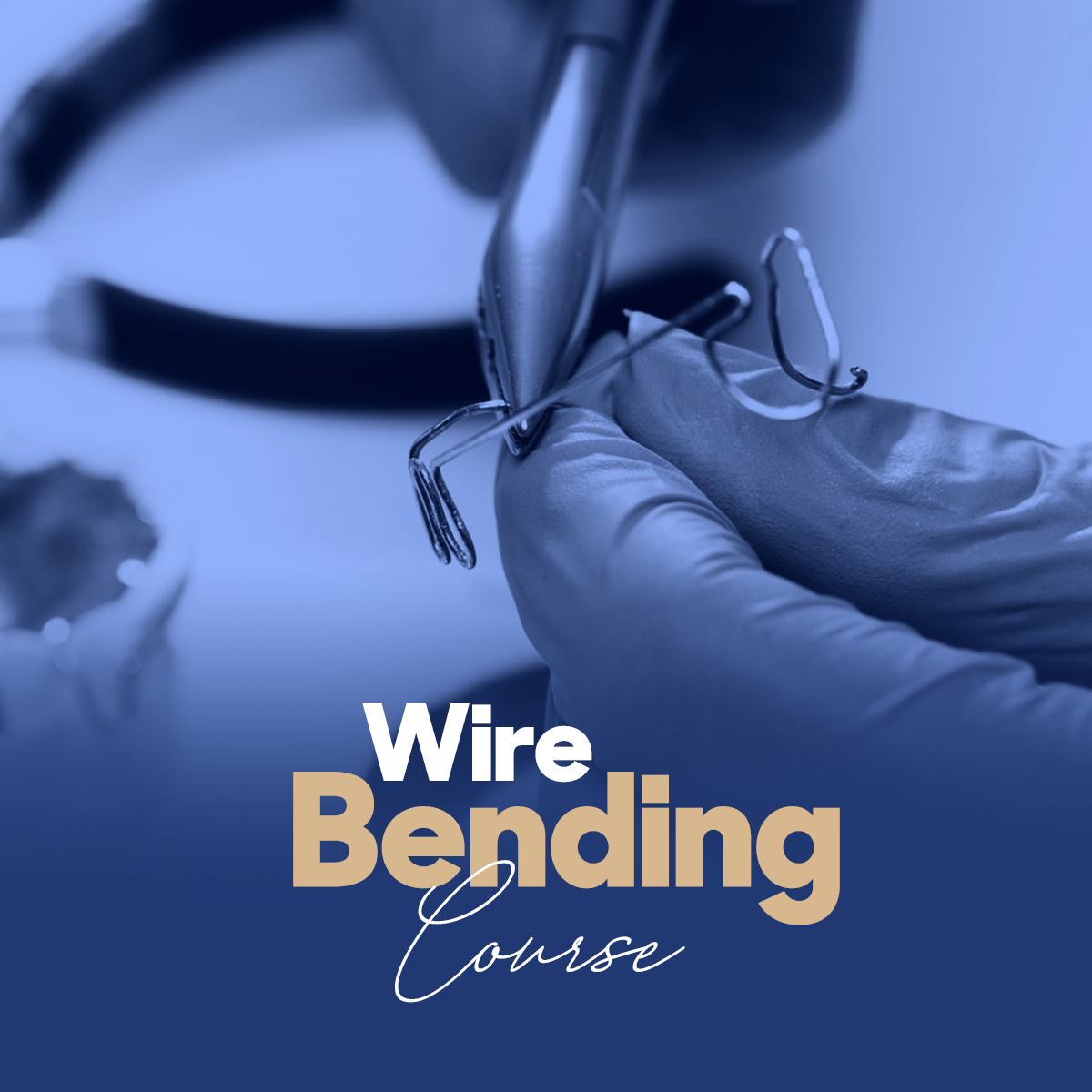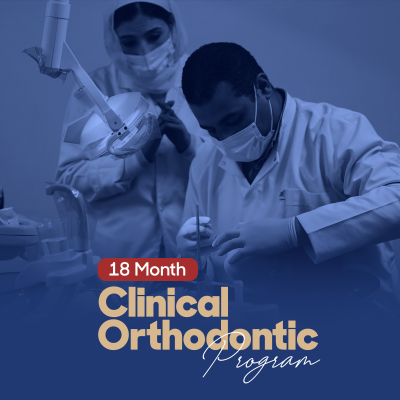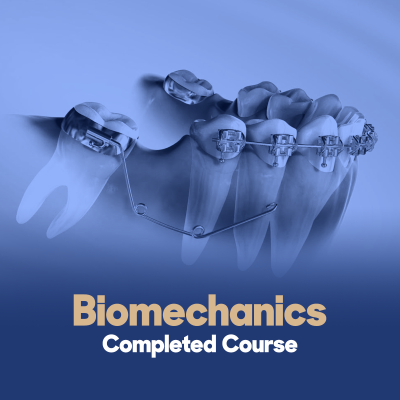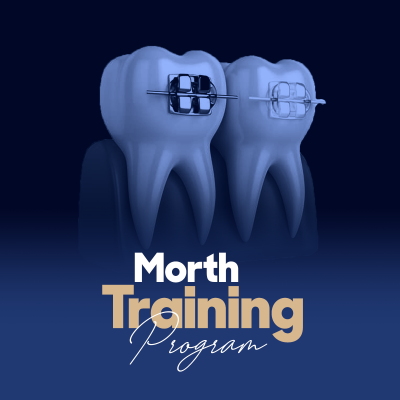Wire Bending Course
The art of wirebending in orthodontics has a rich history. In the early 20th century, orthodontists began using brackets and wires to move teeth. At first, the brackets were simple clamps that held...
| Price: | 0L.E. |
|---|
| session | Session Price |
|---|---|
|
|
L.E.0 |
| Add to cart |
share
Wire Bending Course
The art of wirebending in orthodontics has a rich history. In the early 20th century, orthodontists began using brackets and wires to move teeth. At first, the brackets were simple clamps that held the wire against the teeth, and orthodontists manually bent the wire to achieve proper positioning of the teeth. In 1972, Dr. Larry Andrews revolutionized the field with his publication of "Six keys to normal occlusion," describing a system where brackets were designed with predetermined angulations and inclinations, thus reducing the need for wire-bending. Later on, the MBT bracket system was introduced, which aimed to minimize wire-bending through torque and tip compensation. Despite advancements in technology, wire-bending remains a fundamental part of orthodontics as it is still needed to account for individual differences in tooth anatomy and size. To become a skilled wire bender, one must start with a comprehensive course, such as the one offered at Perfect Braces Academy. The course is instructed by Dr. Ahmed Salah, a highly qualified orthodontist with an MSc degree in Orthodontics and Morth, and a lecturer at Perfect Braces Academy. Dr. Ahmed Salah has several years of experience in the field of orthodontics and will provide hands-on training and guidance to help you master the art of wirebending.
Wire Bending Course
There are several advantages to taking the wirebending course at Perfect Braces Academy, instructed by Dr. Ahmed Salah:
-
Comprehensive curriculum: The course covers the latest techniques, technologies, and research in wirebending, providing a thorough understanding of the subject matter.
-
Expert instruction: Dr. Ahmed Salah is a highly qualified orthodontist with an MSc degree in Orthodontics and Morth, and several years of experience in the field. He will provide hands-on training and guidance to help you master the art of wirebending.
-
Hands-on experience: The course provides a significant amount of hands-on training with various types of archwires, allowing you to develop your skills and gain confidence in performing wirebending techniques.
-
Customized treatment plans: You will learn how to manipulate archwires to achieve specific tooth movements and correct dental problems, enabling you to customize treatment plans for your patients.
-
Small class sizes: the class size is limited, ensuring that each student receives personalized attention and a high level of training.
-
Life time access to the website: you will have access to all the lectures and videos recorded on the website, you can have access to them whenever you want.
-
Flexibility: The course is designed to be flexible, allowing you to continue working while you study.
-
Career advancement: The skills and knowledge gained from this course will set you apart from your peers and open up new opportunities for advancement in your career.
Wire Bending Course
-
To provide a comprehensive understanding of wirebending techniques and technologies.
-
To develop the skills and confidence needed to perform wirebending procedures on patients.
-
To teach how to customize treatment plans for patients by manipulating archwires to achieve specific tooth movements and correct dental problems.
-
To provide an interactive and engaging learning experience with a combination of lectures, seminars, and hands-on training.
-
To prepare students for success in their future careers by equipping them with the knowledge and skills needed to excel in the field of orthodontics.
Wire Bending Course
The course covers a wide range of wirebending techniques, including:
- Customization of Tweed arch forms using various tools such as compasses, graph paper, turrets, and Delarosa.
- Techniques for creating 1st and 2nd order bends, such as offset, insets, and angulation bends.
- Application of 3rd order bends for adding anterior +ve torque and posterior progressive -ve torque.
- T-loop technique for segmental canine retraction.
- Anterior retraction arch wire technique for two-space stage closure with closing vertical loops and active tie-backs.
- Closing loop arch wire (CLAW) technique with T-loop and preactivation bends for enmass space closure.
- Uprighting mesially tilted molars using L-loop and tip-back bends or uprighting springs.
- Designing custom reverse arch wire for flattening spee curve.
- Utility arch wire for segmental incisors intrusion.
- Accessory leveling arch wire for differential uprighting, extrusion of posterior segment, and intrusion of anterior segment.
- 3-piece intrusion arch for incisors intrusion.
- Burstone torquing spring for applying palatal root torque for incisors.
- Applying individual tooth torque using male and female torquing pliers (positive and negative).
- Stopped arch wire for proclining upper incisors in cross-bite cases.
- Ballista loops for impacted canine traction.
- Easy canine spring for impacted canine traction.
- Cantilevers for occlusal canting correction.
- Yin-yang mechanics for occlusal canting correction.
- TADs-supported extrusion spring for canting correction by extrusion.
The course requires the use of certain instruments, such as a straight cutter, two Tweed pliers, and a 139 plier.
 English
English
 العربية
العربية






No customer reviews for the moment.